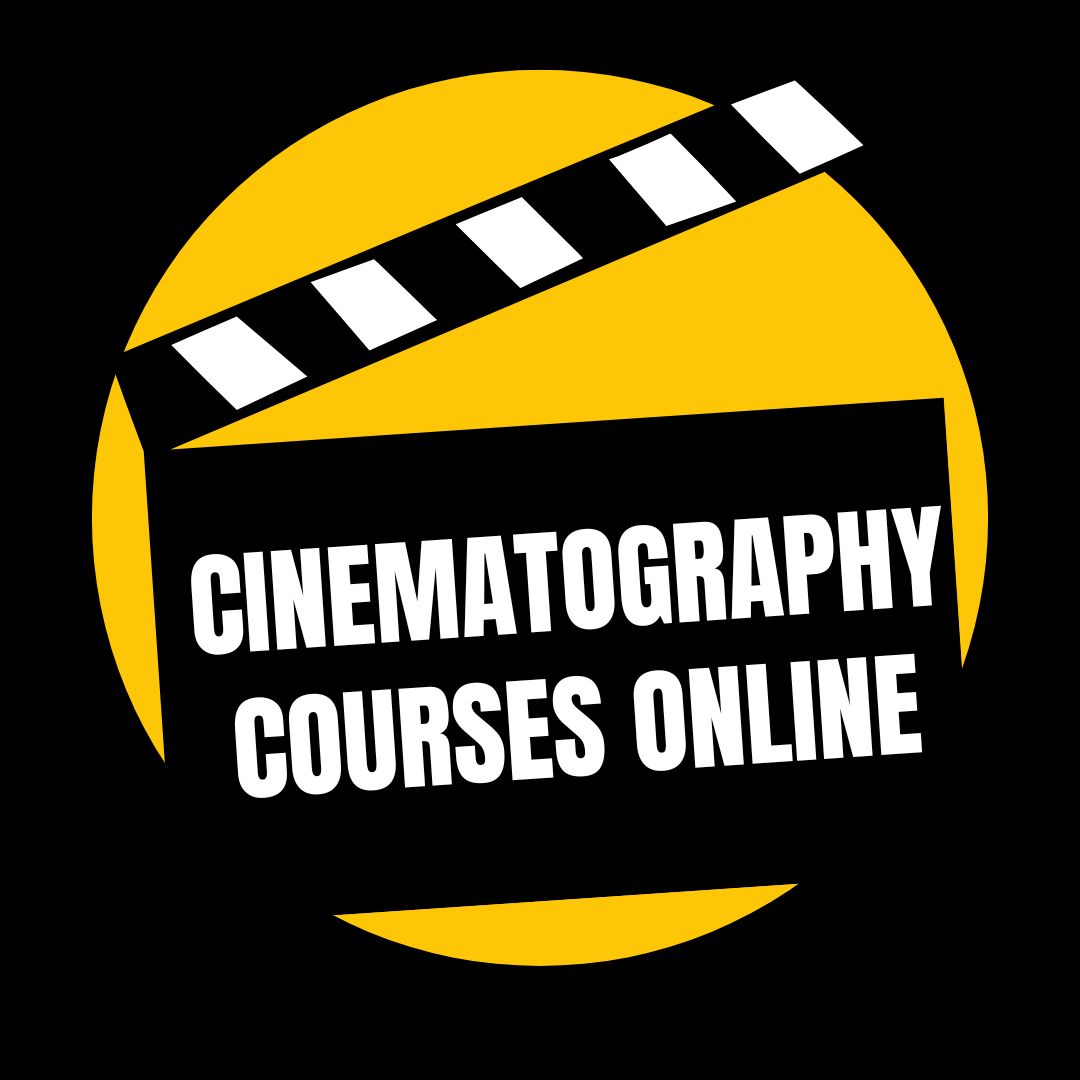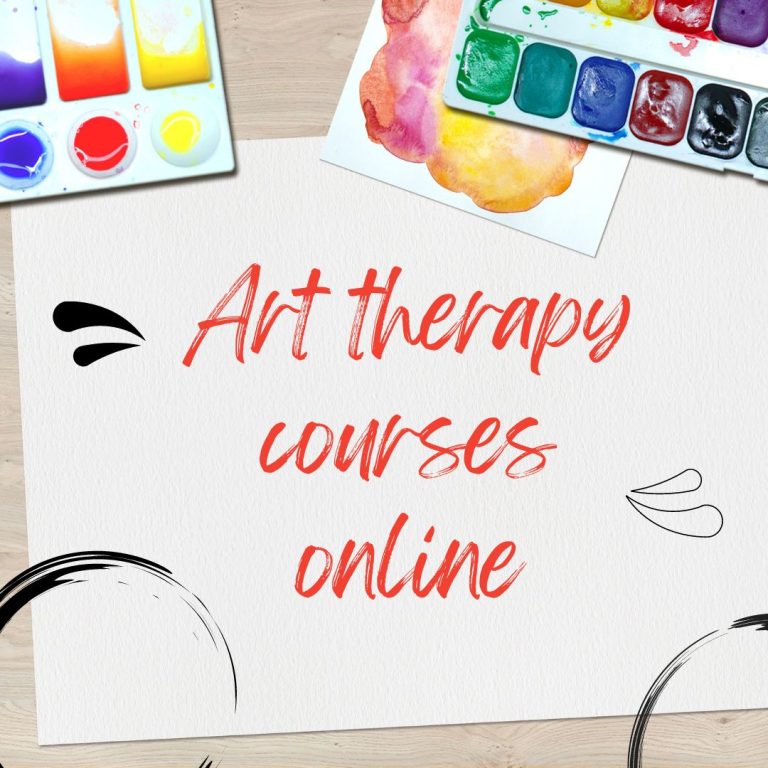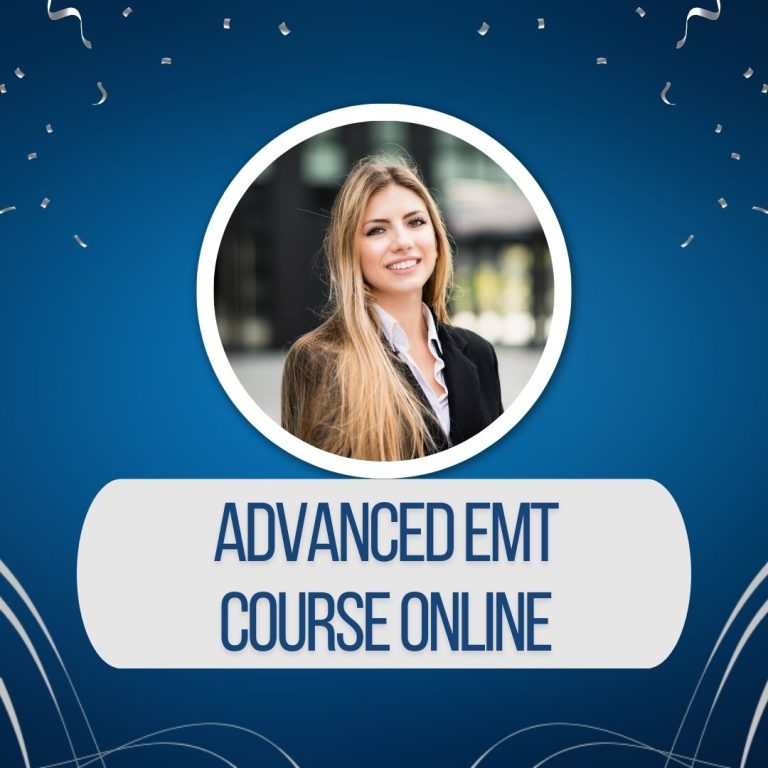Cinematography Courses Online: Elevate Your Skill!
Cinematography courses online offer flexible learning options for aspiring filmmakers. These courses cover essential skills and techniques for visual storytelling.
Cinematography courses online provide invaluable resources for both beginners and seasoned professionals. By enrolling in these courses, students can learn at their own pace and gain insights into camera work, lighting, and composition. Expert instructors guide learners through practical exercises and theoretical knowledge, ensuring a well-rounded education.
These courses often include hands-on projects that help students build a strong portfolio. With the convenience of online learning, individuals can access high-quality training from anywhere, making it easier to pursue a career in cinematography. Whether you aim to work in film, TV, or digital media, online cinematography courses can help you achieve your goals.
Capturing The Frame
Mastering the art of cinematography means understanding how to capture the perfect frame. Whether you’re a beginner or a seasoned filmmaker, knowing the right techniques can make all the difference. Let’s dive into the essentials.
Essential Gear For Budding Cinematographers
Having the right gear is crucial. Here’s a breakdown of essential equipment for every budding cinematographer:
| Gear | Description |
|---|---|
| Camera | A good camera is the foundation. Start with a DSLR or mirrorless camera. |
| Lenses | Invest in high-quality lenses. Prime lenses are great for sharpness and depth of field. |
| Tripod | A sturdy tripod ensures stability. It helps in capturing steady shots. |
| Lighting | Good lighting sets the mood. Use softboxes or LED panels for even light. |
| Microphone | Sound is half the experience. Use an external microphone for clear audio. |
Understanding Camera Angles And Movements
Camera angles and movements shape the story. Here are some basics:
- High Angle: Makes the subject look smaller or weaker. Use it to show vulnerability.
- Low Angle: Gives the subject power and dominance. It’s great for hero shots.
- Eye Level: Neutral perspective. It engages the audience with the character.
- Pan: Rotating the camera horizontally. It follows the action or reveals the scene.
- Tilt: Moving the camera vertically. It can show height or depth.
- Tracking Shot: Camera moves with the subject. It adds dynamism to the scene.
Experimenting with these techniques will help you find your unique style. Remember, practice makes perfect.
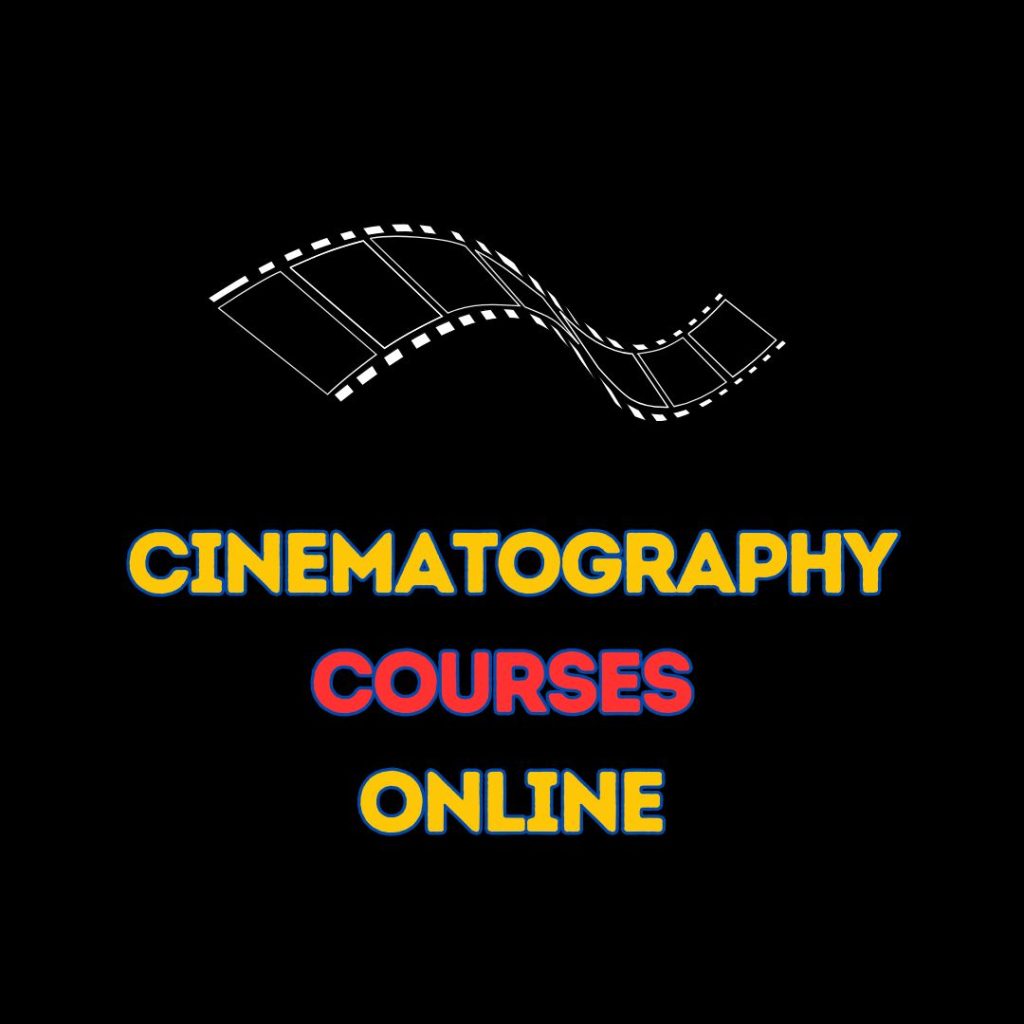
Lighting The Scene
Lighting plays a crucial role in cinematography. It sets the mood, enhances emotions, and helps tell the story visually. Online cinematography courses often emphasize the importance of mastering lighting techniques. Understanding how to light a scene can make a significant difference in your film’s quality.
The Role Of Lighting In Storytelling
Lighting can transform a simple scene into something magical. It guides the audience’s attention and highlights important details. Different lighting techniques can evoke various emotions. For example, soft lighting creates a romantic atmosphere, while harsh lighting can add tension.
Three-point lighting is a common technique used by filmmakers. It includes:
- Key Light: The main light source.
- Fill Light: Reduces shadows created by the key light.
- Back Light: Separates the subject from the background.
Effective use of lighting can also establish time of day. Warm, golden tones suggest sunrise or sunset. Cooler, blue tones indicate night or dawn.
Diy Lighting Techniques For Indie Filmmakers
Not all filmmakers have access to expensive lighting equipment. Indie filmmakers often use DIY techniques to achieve professional results.
Here are some budget-friendly lighting tips:
- Use natural light: Shoot near windows or outdoors during the golden hour.
- Household items: Use lamps, flashlights, or even phone lights.
- Reflectors: Create DIY reflectors with whiteboards or aluminum foil.
- Diffusion: Soften harsh light with shower curtains or white sheets.
These simple techniques can dramatically improve your film’s visual appeal. Experiment with different light sources and angles. Practice makes perfect, and even low-budget projects can look stunning with the right lighting.
Color And Visual Storytelling
Color plays a crucial role in visual storytelling. It can evoke emotions, set the tone, and guide the viewer’s eye. In cinematography courses online, you will learn how to use color effectively to tell compelling stories.
Color Theory In Film
Understanding color theory is essential for filmmakers. Each color can convey different emotions and meanings.
- Red: Passion, danger, love
- Blue: Calm, sadness, trust
- Yellow: Happiness, energy, caution
Combining colors can create harmony or contrast. For example, using complementary colors can make a scene pop. Learning about the color wheel helps in making these decisions.
Post-production Color Grading Basics
Color grading in post-production is vital. It enhances the visual appeal and emotional impact of the film.
Basic steps in color grading include:
- Color Correction: Adjusting colors to look natural.
- Creating a Look: Applying a consistent color palette throughout the film.
- Final Adjustments: Fine-tuning to perfect the visual tone.
Using software like Adobe Premiere Pro or DaVinci Resolve can make the process easier. These tools offer a range of features to help achieve the desired look.
Composition And Aesthetics
Understanding composition and aesthetics is crucial in cinematography. These elements guide how each shot looks and feels. They help tell your story visually. Learning these concepts can dramatically improve your filmmaking skills.
The Rule Of Thirds In Film
The Rule of Thirds is a basic principle in cinematography. It helps frame your shots to make them more engaging. Imagine your frame divided into nine equal parts by two horizontal and two vertical lines. Place key elements along these lines or at their intersections. This creates balance and draws the viewer’s eye naturally.
- Balance: Avoid placing subjects in the center.
- Guiding the Eye: Use intersections to highlight important elements.
- Dynamic Shots: Create more interesting compositions.
Creating Depth In Your Shots
Creating depth makes your shots look more three-dimensional. Depth adds realism and makes the scene more engaging. Use these techniques to add depth:
- Foreground, Middle-ground, and Background: Include elements in all three planes.
- Leading Lines: Use lines to guide the viewer’s eye through the scene.
- Lighting: Use light and shadow to create contrast and depth.
| Technique | Description |
|---|---|
| Foreground, Middle-ground, and Background | Include elements in all three planes for a 3D effect. |
| Leading Lines | Use lines to guide the viewer’s eye through the scene. |
| Lighting | Use light and shadow to create contrast and depth. |
Directing The Camera
Directing the camera is a crucial skill in cinematography. It shapes how the audience experiences the story. This section explores techniques to direct the camera effectively.
Working With Directors And Actors
Collaboration between directors and actors is vital. The director’s vision guides the camera’s movements. Actors bring the story to life. Both must sync for a flawless performance.
Effective communication ensures everyone understands their role. Clear instructions reduce misunderstandings. This helps in capturing the perfect shot.
Rehearsals are essential. They allow the director and actors to practice scenes. This makes the actual shoot smoother and more efficient.
Dynamic Camera Work For Emotional Impact
Dynamic camera work adds depth to a scene. It can evoke emotions and enhance storytelling. Techniques include pans, tilts, and tracking shots.
Close-ups focus on a character’s face. They highlight emotions and details. This creates a strong connection with the audience.
Wide shots capture the environment. They provide context and set the scene. This helps viewers understand the story’s setting.
Camera angles also affect the narrative. Low angles can make a character appear powerful. High angles can make them look vulnerable.
| Technique | Purpose |
|---|---|
| Close-up | Highlight emotions |
| Wide shot | Provide context |
| Low angle | Show power |
| High angle | Show vulnerability |
- Mastering camera techniques enhances storytelling.
- Practice makes perfect in cinematography.
- Learning from professionals is invaluable.
Directing the camera requires skill and practice. Understanding these techniques is essential for any aspiring cinematographer.
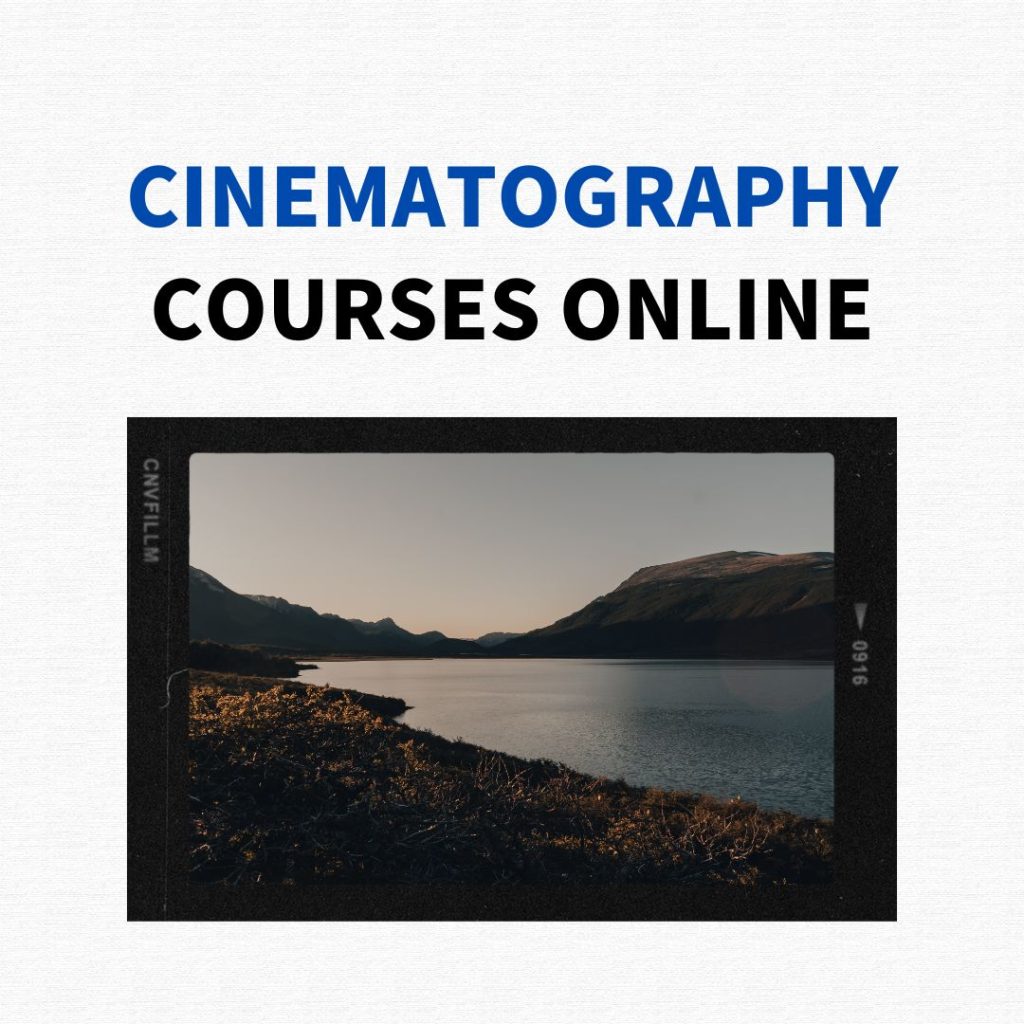
Sound Design And Score
Sound Design and Score are crucial aspects of cinematography. They enhance the visual experience by engaging the audience’s auditory senses. Understanding sound design and score is key for anyone pursuing cinematography courses online.
Incorporating Sound For A Complete Experience
Sound design involves creating audio elements that enhance the visuals. It includes dialogue, sound effects, and ambient sounds. These elements add depth and realism to the scenes.
Here are some components of sound design:
- Dialogue: The spoken words of characters.
- Sound Effects: Artificially created sounds like footsteps or explosions.
- Ambient Sounds: Background noises such as wind or city sounds.
Proper sound design immerses the audience in the story. It makes them feel like they are part of the scene.
The Relationship Between Music And Cinematography
Music and cinematography are closely linked. The score sets the mood and tone of the film. It can make scenes feel more dramatic, romantic, or suspenseful.
Consider these points on the relationship between music and cinematography:
| Aspect | Role of Music |
|---|---|
| Emotion | Music can evoke strong feelings in the audience. |
| Pacing | Music can speed up or slow down the pace of a scene. |
| Theme | Recurring musical themes can represent characters or ideas. |
Learning about sound design and score in online cinematography courses can greatly enhance your filmmaking skills. It helps in creating a more complete and engaging viewing experience.
Editing Techniques
Cinematography courses online offer vital lessons on editing techniques. These techniques shape raw footage into engaging stories. Aspiring filmmakers can learn to transform their shots through effective editing.
The Art Of The Cut
The cut is the most basic and essential editing technique. It involves slicing and joining clips to create a seamless narrative. A good cut can help maintain the flow and rhythm of the story.
There are different types of cuts:
- Jump Cut: This cut skips time, showing the passage of time quickly.
- Match Cut: This cut links two similar scenes or objects for a smooth transition.
- Cutting on Action: This cut happens during an action, making the scene more dynamic.
Using Transitions Effectively
Transitions guide the audience from one scene to another. They can convey different emotions and set the tone. Using transitions effectively can enhance the storytelling experience.
Some common transitions include:
| Transition Type | Description |
|---|---|
| Fade In/Fade Out | Gradually appears or disappears, indicating a passage of time or a new chapter. |
| Dissolve | One scene slowly replaces another, suggesting a connection between them. |
| Wipe | One image is replaced by another with a moving line, adding a dynamic effect. |
Use transitions wisely to keep the audience engaged without overwhelming them.
Online Cinematography Communities
Joining an online cinematography community can be a game-changer. These communities provide invaluable resources, support, and feedback. Connecting with peers can significantly enhance your learning experience.
Forums And Social Media Groups
Forums and social media groups are vital for any aspiring cinematographer. They offer a platform for exchanging ideas and experiences. You can ask questions, share your work, and get instant feedback.
Some popular forums include:
- Reddit Cinematography: A vibrant community discussing all things cinematography.
- Creative Cow: A forum for filmmakers and video professionals.
- DVXuser: A comprehensive platform for video enthusiasts.
On social media, you can join groups like:
- Facebook Cinematography Group: Ideal for networking with fellow cinematographers.
- LinkedIn Cinematography Network: Great for professional connections.
- Instagram Hashtags: Use hashtags like #cinematography to find and share inspiring content.
Learning From Peer Reviews And Critiques
Peer reviews and critiques are essential for growth. They provide different perspectives on your work. Learning from others’ feedback can sharpen your skills.
Here’s how to make the most of peer reviews:
- Be Open to Feedback: Accept both positive and negative critiques.
- Analyze the Feedback: Understand the points raised by your peers.
- Implement Changes: Use the feedback to improve your work.
Platforms like Vimeo and YouTube allow you to share your work and get feedback. Joining a community can accelerate your learning and keep you motivated.

Building A Portfolio
Building a strong portfolio is crucial for aspiring cinematographers. A well-crafted portfolio showcases your skills and attracts potential clients or employers. This section will guide you on how to build an impressive portfolio through showcasing your best work and effective networking and self-promotion strategies.
Showcasing Your Best Work
Your portfolio should only feature your best work. Quality over quantity is key. Select projects that highlight your unique style and technical skills.
- Include diverse projects: Show a range of genres and styles to demonstrate versatility.
- High-quality visuals: Ensure all images and videos are of the highest quality.
- Short and impactful: Keep your showreel under 3 minutes to maintain interest.
Organize your portfolio in a user-friendly way. Use clear categories and navigation. Make it easy for viewers to find specific types of work.
Networking And Self-promotion Strategies
Networking and self-promotion are essential to get your work noticed. Here are some strategies to help you stand out:
- Join online communities: Participate in forums and groups related to cinematography.
- Attend industry events: Go to film festivals, workshops, and seminars.
- Utilize social media: Share your work on platforms like Instagram, Vimeo, and LinkedIn.
Make connections with other professionals. Collaborate on projects to gain more exposure.
Consistently update your portfolio. Show your latest and best work. Stay active in the community and keep learning.
| Strategy | Benefit |
|---|---|
| Join online communities | Expand your network |
| Attend industry events | Meet potential clients |
| Utilize social media | Increase visibility |
Continued Learning And Resources
As you delve deeper into the world of cinematography, continued learning is essential. There are numerous resources available that can help you refine your skills. This section will cover recommended online courses, workshops, books, and tutorials.
Recommended Online Courses And Workshops
Online courses and workshops are a fantastic way to learn cinematography. They offer flexibility and a wealth of knowledge.
- MasterClass: Offers courses from acclaimed filmmakers like Martin Scorsese and Ron Howard.
- Udemy: A wide range of courses, including beginner to advanced levels.
- Skillshare: Learn from industry professionals with hands-on projects.
- Coursera: Courses from top universities like Yale and Stanford.
These platforms provide valuable insights and practical knowledge. They are perfect for both beginners and professionals.
Books And Tutorials For Self-study
Books and tutorials are excellent for self-paced learning. They can supplement your online courses and workshops.
| Book Title | Author | Description |
|---|---|---|
| In the Blink of an Eye | Walter Murch | An insightful book on the art of film editing. |
| The Filmmaker’s Eye | Gustavo Mercado | A comprehensive guide on visual storytelling. |
| Directing: Film Techniques and Aesthetics | Michael Rabiger | Focuses on directing and the visual aspects of filmmaking. |
Tutorials on YouTube and other platforms are also valuable. Channels like Film Riot and DSLRguide offer practical tips and techniques.
Continued learning is vital in cinematography. Utilize these resources to stay ahead in your career.
Frequently Asked Questions
Which Course Is Best For Cinematography?
The best course for cinematography is the American Film Institute (AFI) Conservatory. It offers comprehensive training and hands-on experience.
Where Can I Study Cinematography Online?
You can study cinematography online at platforms like MasterClass, Coursera, and Udemy. NYU and UCLA offer online courses too.
Can Cinematography Be Self Taught?
Yes, cinematography can be self-taught. Many resources like online courses, books, and tutorials are available. Practicing regularly is crucial. Networking with other filmmakers also helps.
How Can I Learn Cinematography?
Learn cinematography by taking online courses, attending film schools, practicing with cameras, and studying films. Join workshops and collaborate with professionals.
Conclusion
Unlock your potential with online cinematography courses. Gain skills from industry experts at your own pace. Elevate your filmmaking journey. Start today and transform your passion into a profession. Online courses offer flexibility and expert guidance. Dive into the world of cinematography and make your creative visions a reality.

